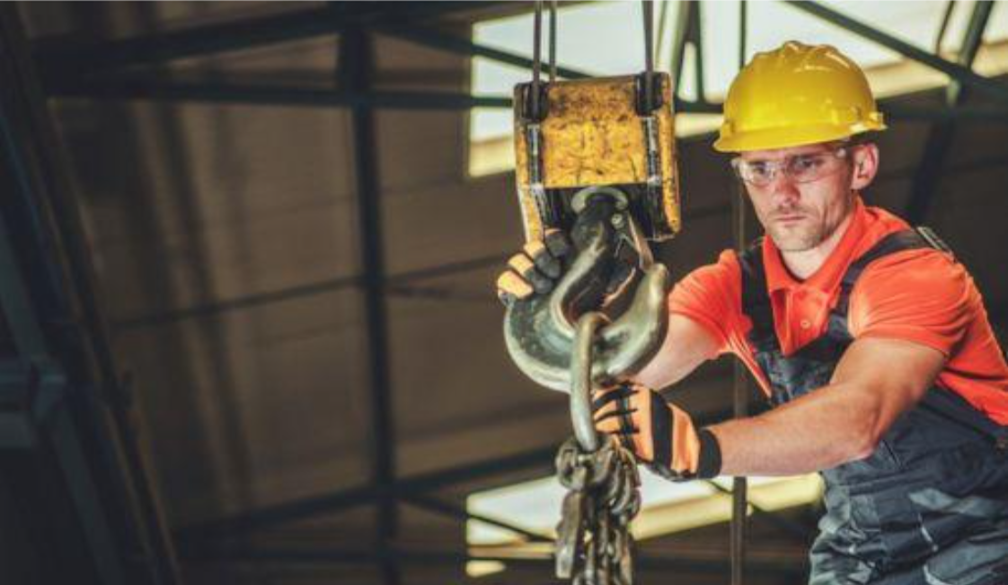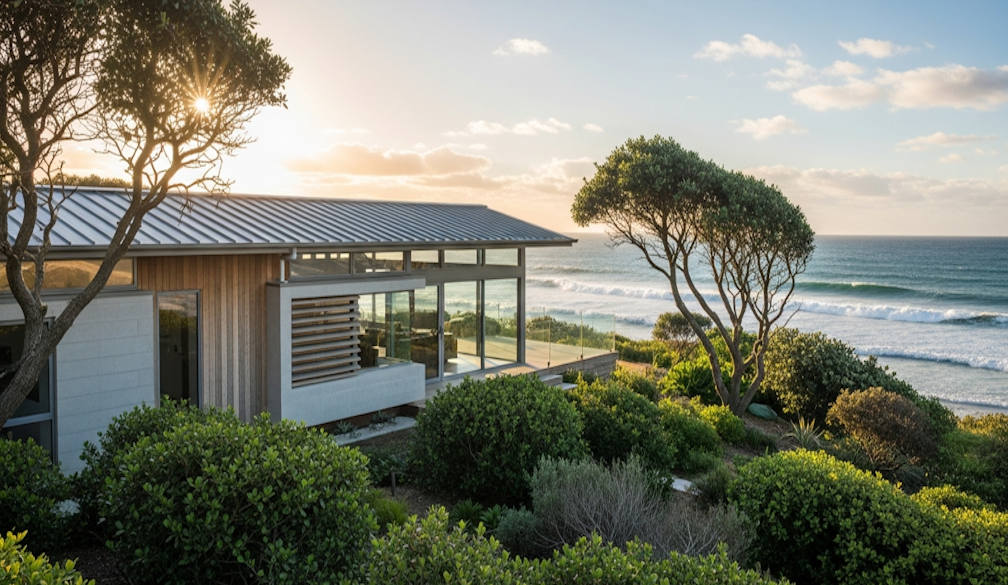Managed retreat of settlements remains a tough call even as homes flood and coasts erode
- Written by Tayanah O'Donnell, Honorary Senior Lecturer, Australian National University
It is no joke that New South Wales residents are in the midst of their fourth “one in 100 year” event since January 2020. Much of the Australian east coast continues to experience heavy rainfall, strong winds and abnormally high tides. All will make the current floods worse.
As climate tipping points are reached and the Earth’s systems begin to buckle under the strain, the need for considered adaptation strategies is overwhelmingly clear. One of these strategies is for human settlements to retreat from areas most at risk, whether from floods or bushfires. While something needs to be done to ensure future generations do not suffer catastrophic consequences, managed retreat is a complex tool.
These strategic decisions in the next five to ten years will be challenging. And these decisions really matter: where and how do we build residential areas that can cope with a climate-changed world?
Read more: Yes, Australia is a land of flooding rains. But climate change could be making it worse
What is managed retreat?
Managed retreat can be defined as “purposeful, co-ordinated movement of people and assets out of harm’s way”. Managed retreat more often refers to the retreat of existing development out of harm’s way. Planned retreat is usually the preferred phrasing for new development that is planned for possible future relocation.
Both planned and managed retreat are focused on the permanent relocation of people and assets, as opposed to the evacuations we are seeing now.
Managed retreat is experiencing a resurgence in scientific literature as the impacts of climate change become increasingly frequent, severe and more obvious. These impacts bring with them a recognition of the need for adaptation even as we urgently reduce greenhouse gas emissions.
Of course, relocating away from high-risk locations is not an entirely new concept. However, managed retreat in response to a changing climate is not only complex, but also has a lot of political baggage. The complexity spans legal, financial, cultural and logistical factors among others: the political baggage seemingly associated with effective climate action in Australia often hinders governments’ abilities to respond properly.
Societies around the world need to grapple with the reality that managed retreat will become a suite of tools to respond to crisis. Insurers will not always be available, and the costs to governments (and therefore to you, the taxpayer) of responding to increasing rates of disasters, irrespective of insurance, will continue to grow exponentially.
Read more: How insurers can get better at responding to natural disasters
Responding to events after the fact is an unsustainable model of adaptation. There is, too, a need to acknowledge settlement needs and historical built environment legacies that have put significant state infrastructure in harm’s way.
Managing difficult trade-offs
We know trade-offs need to be made between what we protect and what we let go in suburban floodplain areas.
Legal machanisms to force people and assets to move can and must be thoughtful. The implementation of managed retreat in urbanised areas faces multiple hurdles. These include:
Read more: Coastal law shift from property rights to climate adaptation is a landmark reform
It is wrong to see managed retreat as the panacea for climate risk and development in vulnerable locations. In many cases, once development is in place, it can be more appealing to some to protect an at-risk area rather than work towards managed retreat. Even where managed retreat has been successful, as in the case of the flood-prone township of Grantham, it was not without pain.
There are also other, more basic needs, such as having land available where people can relocate.
Working out highest and best use of land
There are ways that land can be used for its highest and best use at a point in time. For example, tools like easements can enable vulnerable land to be used, subject to event-based or time-based trigger-point thresholds. Once these thresholds are reached, the land is put to some other use. The advantage of these machanisms, especially for new development, is that owners are clear about the risks from the start.
This still leaves us with hard decisions about responding to at-risk current developments. Putting off these hard decisions and leaving them for future decision-makers will result in a huge injustice, because there will be catastrophe as Earth’s tipping points are bypassed. Development decisions made now will determine the impacts on our children and grandchildren.
Urban development decisions for both new and existing development in this coming decade demand courage and leadership. If we accept that Australian cities will continue to expand and increase in density, then we have some serious questions to ask ourselves. What kind of future do we want?
Some areas should simply not be developed.
Read more: 'Climigration': when communities must move because of climate change
There is a risk that an over-reliance on managed retreat will over-simplify the challenge of working out what to do about development in at-risk locations. There is a clear need to separate out what to do about current and past developments, and how to approach new developments.
The latter is easy – do not rebuild residential homes in at-risk areas. Governments should repurpose these zones for uses that permit nature-based solutions to the need to adapt to climate change.
Current development is much more complex. In some cases, managed retreat – done thoughtfully and considerately – will be the only option.
Authors: Tayanah O'Donnell, Honorary Senior Lecturer, Australian National University



















